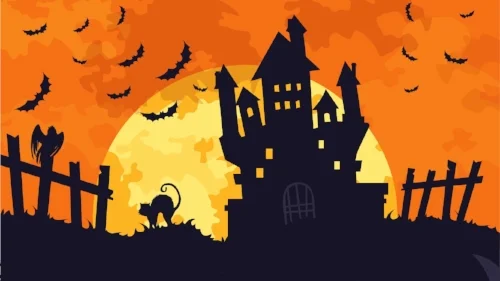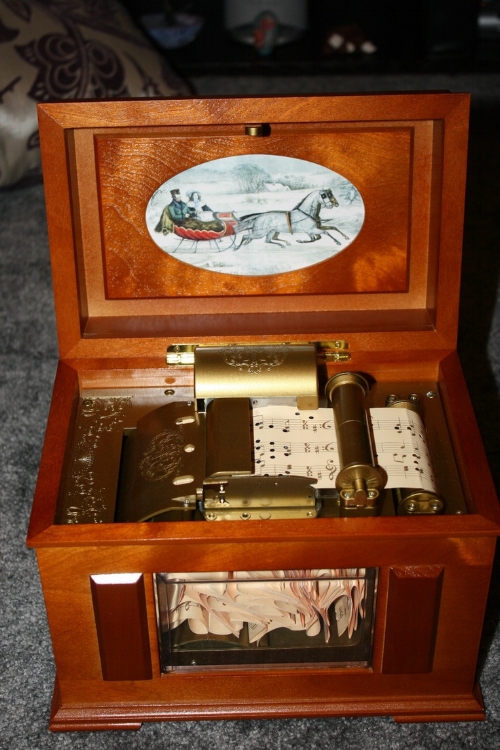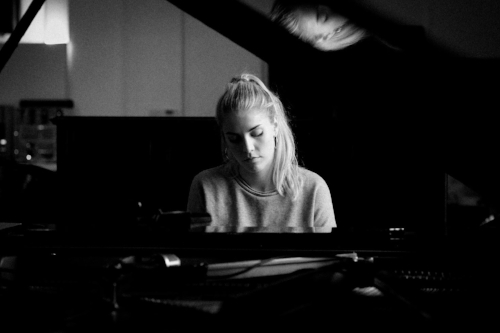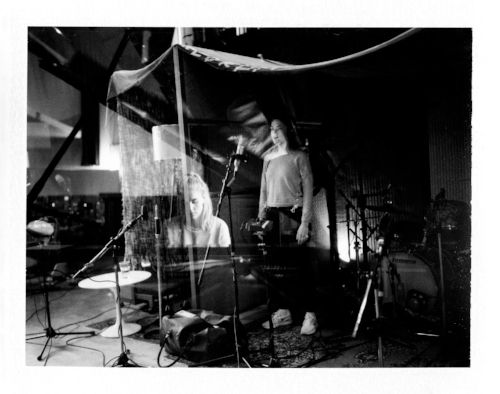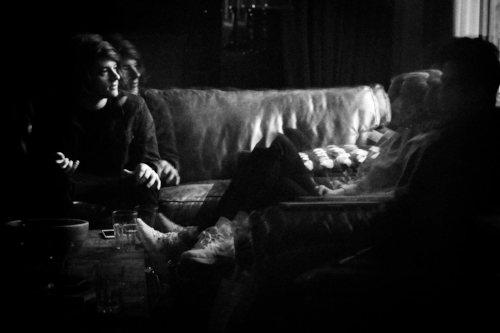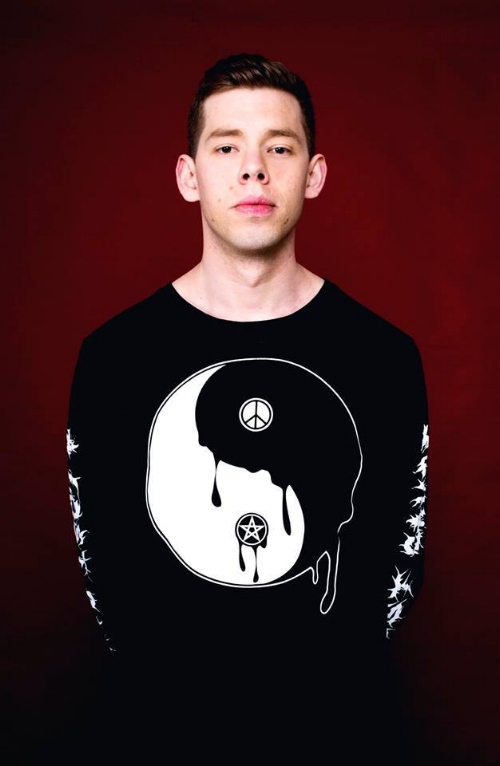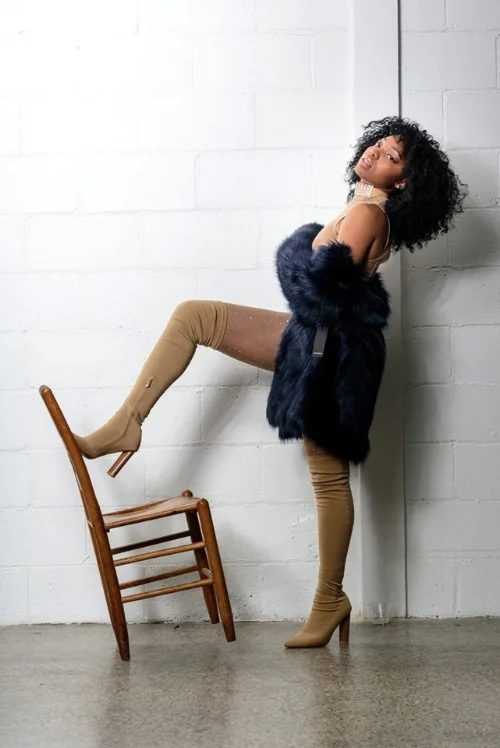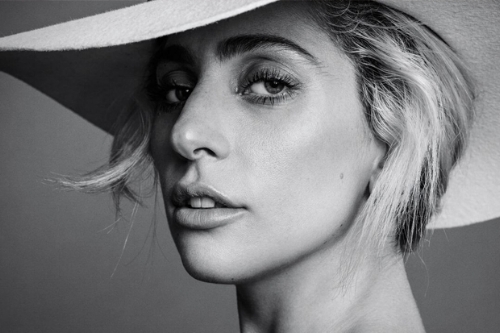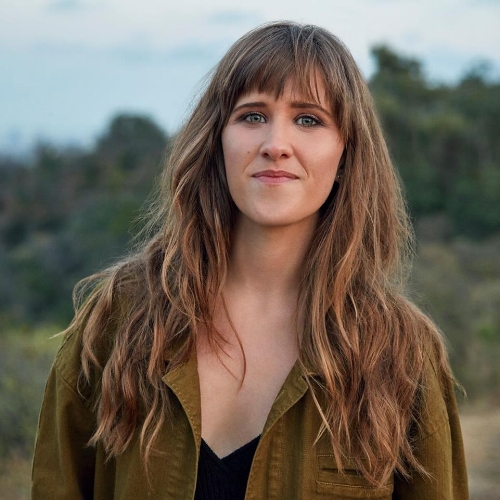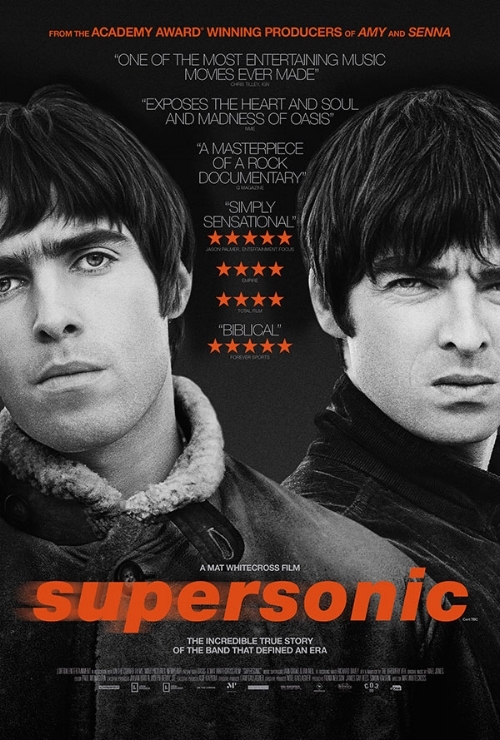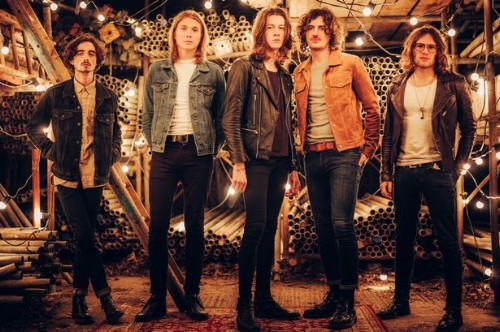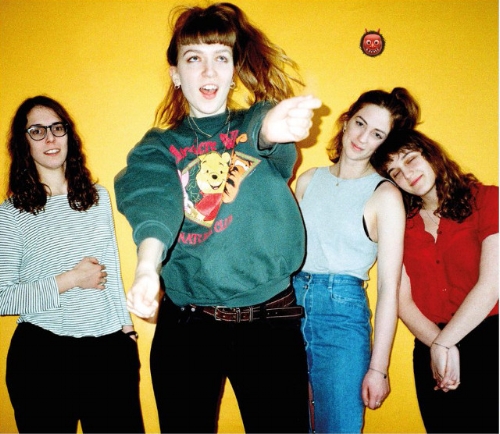FEATURE:
It’s That Time of the Year!
The Hallowe’en Playlist
________
WHETHER you convincingly immerse yourself…
in the costumes, fun and theatre of Hallowe’en – or take a rather laid-back and detached attitude to the celebrations – the final day of October has an effect, one way or the other. One cannot avoid the build-up and the peculiar fascination, adults and children alike, have for Hallowe’en. Few are concerned with its origins and history – I shall not bore you with it, now – but I am worried there is little of the dark arts working through music. Gothic-Rock was a style of music that emerged in the wake of the Post-Punk era of the late-1970s. Growing from the ties of English Punk-Rock; Proto-Gothic bands enjoyed great influence and importance in the late-1970s/early-1980s. Joy Division, The Cure and Siouxsie and the Banshees were early proponents and made music defined by a certain fashion, sound and identity. It is fascinating watching these artists follow from a time of great rebellion and anger.
IN THIS PHOTO: The Cure
The Punk movement, by this time, had all but trickled down to a whimper: a new sensation was beginning to take shape. If Goth-Rock did not quite dominate music, it gained a lot of followers and compelled musicians – who were a little more peculiar and 'outsider' than most – to step into the spotlight. It seems rather crude and immature assuming this style of music is ghoulish and Hallowe’en-y. The reason for bringing this subject up is to show how music and Hallowe’en relate. Sure, other genres of music have created moments of witchcraft, the spooky and dark – it is not exclusive to a particular time and place. What I find interesting is how Gothic music was less a genre and more a movement. Bands and artists helped launch a distinct literature, fashion and community. If bands such as The Cure saw their popularity wane towards the end of the 1980s; the impact they made helped influence new musicians – mutating and preserving Gothic-Rock into the 1990s (and beyond). Today, bands such as The Horrors preserve aspects of legends like Joy Division and The Cure but it seems (Gothic music) is less prevalent and popular than once was.
IN THIS PHOTO: Chelsea Wolfe
Tastes and times have changed but I feel music needs that new burst of colour and light – not as black and dark as many would assume. This year, Gary Numan and The Horrors have released terrific Gothic-Rock/Electronic albums – the former more dystopian and bleak than the latter, it must be said. Numan’s Savage (Songs from a Broken World) looks at fractured elements of the modern world – a desertified, post-apocalyptic landscape as a result of global warming. The Horrors’ latest, V, is more widescreen and varied: a less bleak and shadowy creation than their earliest work. Throw in other acts such as Chelsea Wolfe, Zola Jesus and The Tiger Lillies and there are enough musicians keeping the more haunted and intense side of music intact. It would be unfair to suggest these artists/this music are depressive and suppressive. That is unfair but it is clear they occupy a singular segment of the musical map. To me; there is a link between Hallowe’en’s history, dynamics and identity and music. Over the years, there have been some terrific songs produced by artists who channel something ghostly, spectral and twilight. To end this piece; I have collated an essential mix of Hallowe’en-ready tracks that span the decades. A rich and varied collection of songs that will provide any Hallowe’en night…
THE perfect kick and spice.





